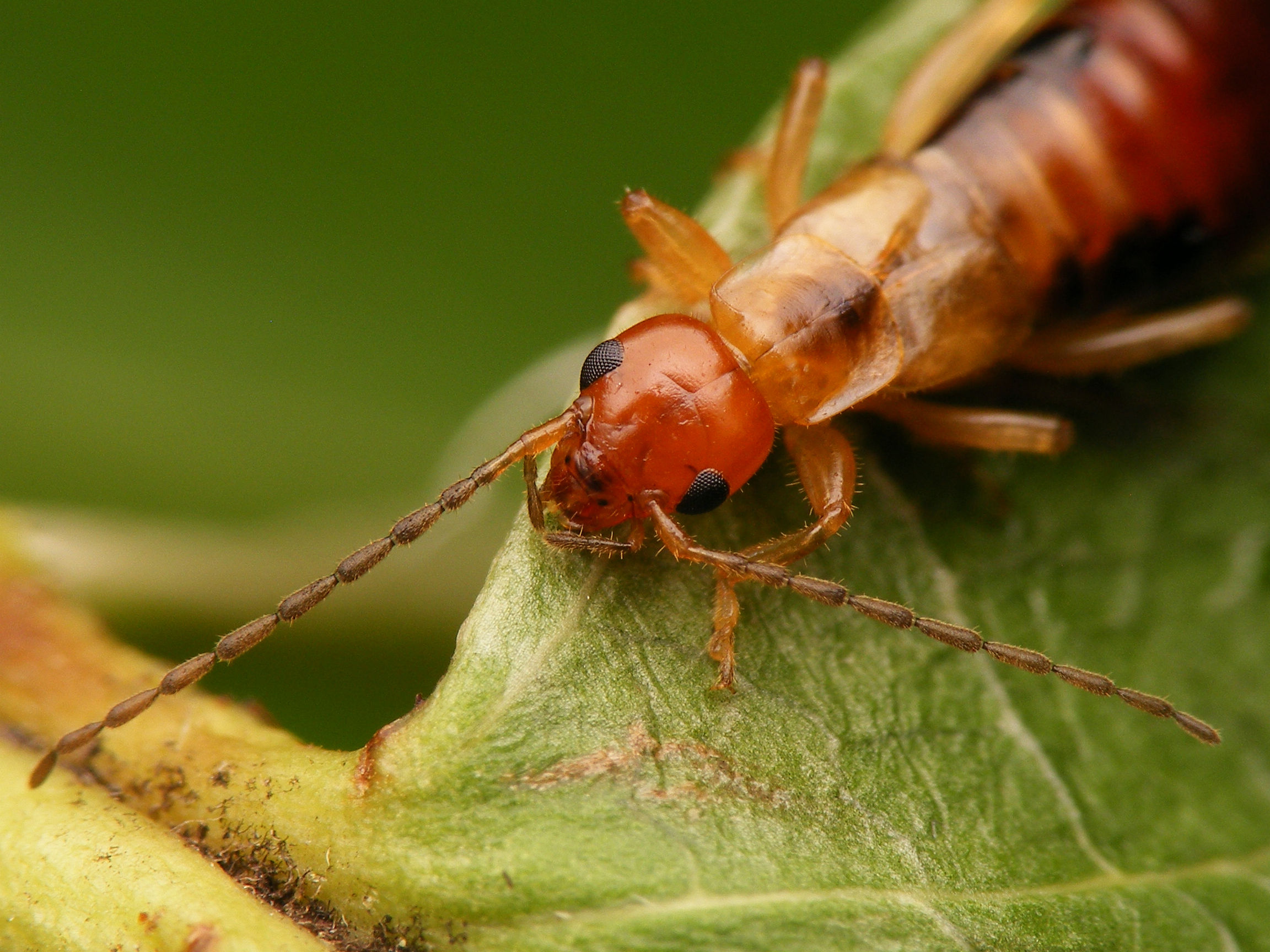Please login in order to download photos in full size
If you are not registered, please register for free: www.Free-Photos.biz/register
Please note to download premium images you also need to join as a free member..
You can also save the photos without the registration - but only in small and average sizes, and some of them will have the site's watermark. Please simply click your right mouse button and save the image.
Please login in order to like photos
If you are not registered, please register for free:
Sorry, non-members can download up to 1100 full-size photos per month.
It looks like you have used up your limit.
Free members can download an unlimited number of full-size photos - including the premium free photos.
Join as a member today for FREE! - and download the images without limitations:
www.Free-Photos.biz/membership.php
You can also save the images without the membership - but only in small and average sizes, and some of them may have the site's watermark. Please simply click your right mouse button and save the image.

|
This is a premium free photo
This photo was viewed times and was downloaded in full size 0 times.
This photo was liked 0 times
If you are a member, please login in order to see the source link of the above image.
Summaryedit
| Description |
English: Series of nymph and resulting imago of a Guanchia sp. male (very probably G. pubescens) from the Pyrenees, kindly sent to me by the Van Middelkoop family (thanks! :o). July-August 2015.
Note the following: Illustrative use: Even with the "sub standard" features indicated above, it is my feeling that this series is worthwhile to share as it clearly illustrates some features that may prove useful in the identification of nymphs and imago, such as head structure and shape of eyes, density and length of hairs on abdomen and forceps, number and shape of antenna segments (use right hand antenna only!), shape/development of thoracic structures (use left hand side only!). As a side note: With the dark head and hairy forceps I did suspect it to be a nymph of Apterygida media at first. Surprise when the head came out so brightly orange and the wing casing (left) and forceps clearly of Guanchia type. This goes to indicate that the nymphs might easily be confused with A. media and these images may help to clear up identification issues at some point. |
| Date | - 2015-08-04 |
| Source | Own work |
| Author | Arp |
| Permission (Reusing this file) |
Public Domain or Creative Commons "Zero" PD dedication where PD is prohibited by local law. |
| Other versions |
See gallery below |
Related imagesedit
Nymph, july 17th-24th
Resulting adult male, august 3rd-4th
Licensing:
Basically all my images and other media uploaded here can be used "as if" in the Public Domain (PD), meaning you are free to use my images in any way you want without asking permission, paying fees, attributing them to my name or whatever. For some countries this is not legally possible so you may apply a Creative Commons Zero (CC0) public domain dedication.
However, I do appreciate knowing about the usage of my images and if you feel you want to credit me that's fine too of course. I just want to give you the freedom to also use the image without contacting me and to not bother with credits if this would break the lay-out of the project you're working on - The choice is yours.
Contact info: E-mail form (speediest!) or Commons talkpage.
If you even have a budget available for the images to use in your project, you may want to consider spending some of it on a voluntary donation to the Wikimedia projects. Thanks!
|
I, the copyright holder of this work, hereby publish it under the following license:
|
| I, the copyright holder of this work, release this work into the public domain. This applies worldwide. In some countries this may not be legally possible; if so: I grant anyone the right to use this work for any purpose, without any conditions, unless such conditions are required by law.
|
Public Domain
| EXIF data: | |
| File name | guanchia_male_imago_20150803_086.jpg |
|---|---|
| Size, Mbytes | 0.56044140625 |
| Mime type | image/jpeg |
While the copyright and licensing information supplied for each photo is believed to be accurate, Free-Photos.biz does not provide any warranty regarding the copyright status or correctness of licensing terms. If you decide to reuse the images from Free-Photos.biz, you should verify the copyright status of each image just as you would when obtaining images from other sources.
The use of depictions of living or deceased persons may be restricted in some jurisdictions by laws regarding personality rights. Such images are exhibited at Free-Photos.biz as works of art that serve higher artistic interests.
PRIVACY POLICY
By registering your account and/or by subscribing to new and newly rated photographs you agree we may send you the links to photos and we may occasionally share other information with you.
We do NOT disclose your personal data.





























